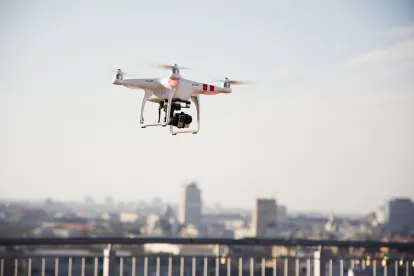Property and casualty insurers are integrating drones and other means of virtual claims handling as part of their routine property inspections. But, in litigation, virtual claims handling is unfairly getting a bad rap from plaintiffs’ attorneys who try to pass it off as solely a cost-cutting measure by insurers.
In actuality, virtual claims handling works to the benefit of both insureds and insurers because it allows an insurer to handle a claim sooner without compromising accuracy. The current COVID-19 pandemic is proving the value of virtual claim handling capabilities. Major metropolitan areas have “shelter-at-home” policies in place to minimize in-person contact. Even where such policies are not in place, cities across the country are practicing social distancing. Under such circumstances, an insured may not want an adjuster to come to their property to handle a claim. But, an insurer that utilizes virtual claims handling can send a drone to a property, control it remotely and capture images of damages for an adjuster to review without any in-person contact.
Some plaintiffs’ attorneys may argue drone images are not fully capable of capturing damages present on a property. However, the accuracy of such images has already been established. A virtual imagery system known as Eagleview has long been the industry standard for measuring properties by both contractors and insurers. Eagleview takes aerial, high-resolution images of properties that are so comprehensive they can be used to measure the pitch of a roof and determine the exact number of squares on a roof.
Similarly, aerial images taken by Google are detailed enough to reflect the history of repairs to a property and the general condition of a property. Through such images, one can determine whether a roof has been replaced in subsequent years, the number of metal appurtenances on the roof, whether any appurtenances have been changed and whether any new construction has been completed at the property.
Now consider that, in virtual claims handling, the images are taken in much closer proximity than aerial images. The details of any existing damages are easy to see. The skepticism regarding virtual property inspections is simply unwarranted. Virtual claims handling is the claims handling of the future, and insureds are fortunate if their insurer is one of the carriers leading the transition. This has become even more apparent under recent circumstances such as the COVID-19 pandemic.





 />i
/>i

